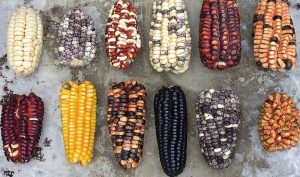To begin, I wanted to let Alara, Katerina, and Geneviève know that they did an amazing job putting together their blog lecture. It was informative, well written, and very engaging!
What struck me initially when reading was how the Waorani are a group that is isolated from the influences of Western society. The thought that this group not only has been able to successfully retain their traditions and their own language which is “unrelated to any other on earth” truly blows my mind. Their situation reminds me somewhat of North Sentinel Island in the Bay of Bengal, which is home to the Sentinelese indigenous group. It was mentioned that there was a high rate of homicides within the Waorani, and during the Palm Beach killings of 1956, five missionaries were killed when trying to convert the tribe to Christianity. In 2018, an evangelical missionary tried to go to North Sentinel Island in an attempt to convert the isolated tribe, but he was killed by the warriors in the process. I can understand how, for a tribe that has chosen to remain detached from external influences, it would feel quite invasive and upsetting for a cowode to intrude and suggest a deviation from their traditions. Though it seems the Waorani aren’t as extreme in their relative seclusion, the same idea applies.
Thanks again for preparing this great lecture! It was a great way to wrap up the class!
